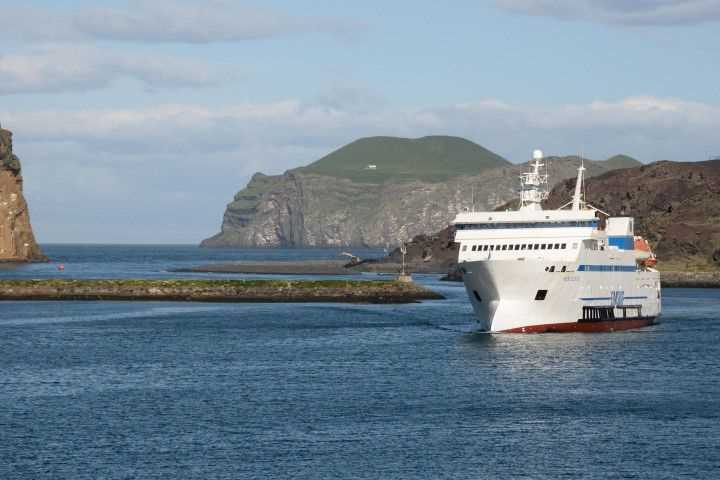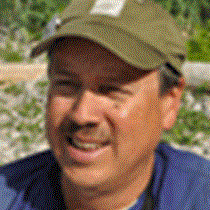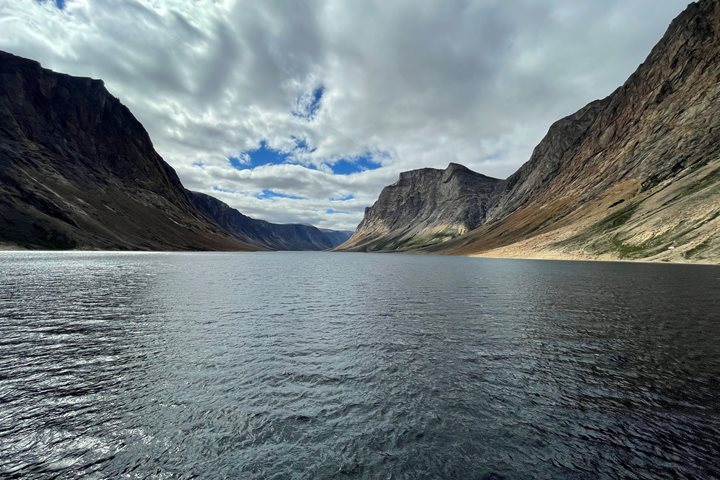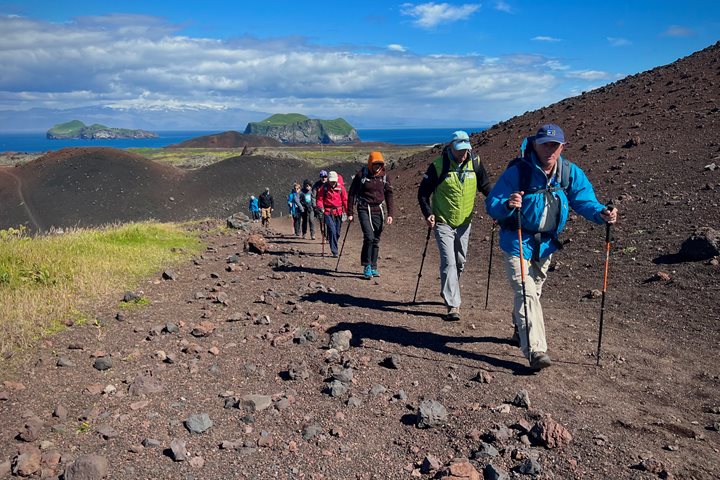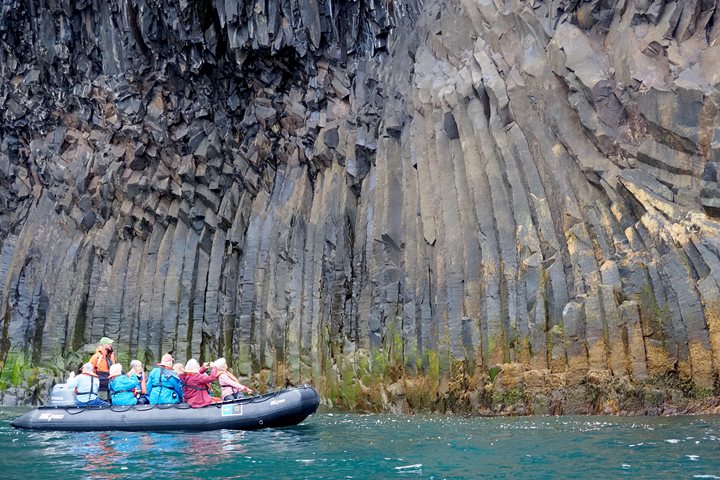We sailed through the night and morning to Heimaey, the only inhabited island in Vestmannaejar Archipelago, (Westmann Islands). With the help of a local pilot we navigated through the narrow winding harbor entrance and pulled the ship alongside for our tours of the town. Heimaey is a beautiful island that almost lost its harbor when one of its mountains, Eldfell, erupted in 1973. The fast moving lava poured out into the sea expanding the mass of the island, much of the town was covered as well and it’s estimated 360 houses were covered in lava and tefra during the explosion and aftermath. Heimaey is rich in Viking and volcanic history, including a fascinating project called “The Pompeii of the North,” a project to excavate a few of the houses that were covered, resulting in the very fascinating Eldheimar museum built around one of the excavated homes. We had a beautiful day on the island, with lots of sun and fairly calm seas, making our visit to this remote island even more spectacular. Our afternoon concluded with a sail past Surtsey, Iceland’s newest island, which appeared out of the ocean during a 1963 underwater eruption. The eruption lasted for 4 years and is a wonderful research location for volcanists, botanists, and biologists studying the formation of land and succession of life on a brand new island unaltered by humans.
8/23/2022
Read
National Geographic Explorer
Saglek Fiord
We arrived in Saglek Fiord on a windy Labrador day, the dramatic high cliffs of the fiord bearing witness to the sheer power of the glacial ice that carved them. Late August weather in northern Labrador can be uncertain -- the bright sunny days sometimes give way to howling winds and driving rain. But our weather luck held as we were treated to dramatic changes in light and shadow on the multi-hued rocks. The majestic beauty aside, we came to Saglek intent on kayaking the protected waters of the inner fiord. But our wildlife luck from earlier in the trip also held and we saw bears almost everywhere National Geographic Explorer sailed. First, we spotted a mother polar bear and two young cubs scrambling over the rocks and climbing the hill with an adolescent bear following along behind. Before long, someone spotted a black bear and then another polar bear. And so it went, until it became apparent that kayaking in this location wouldn’t be on the agenda! Instead, we took to the Zodiacs. After spotting yet another black bear, we found two red Adirondack chairs marking the start of a trail at the head of the northern fiord. A mother polar bear and her cub snoozed in the sun nearby, almost as if they were waiting to welcome the next group of hikers. In all, we saw eight polar bears and four black bears in a single afternoon. In the absence of pack ice, bears were on the land and sometimes in the water. In the past it was uncommon to see black bears so far north, but they now seem abundant, drawn to the crow berries ripening in the sun on the slopes of the surrounding hills. Location really is everything, and the calm waters of the inner fiord gave way to gusty winds and whitecaps as we headed back to the ship to see what the chef had planned for the evening.

